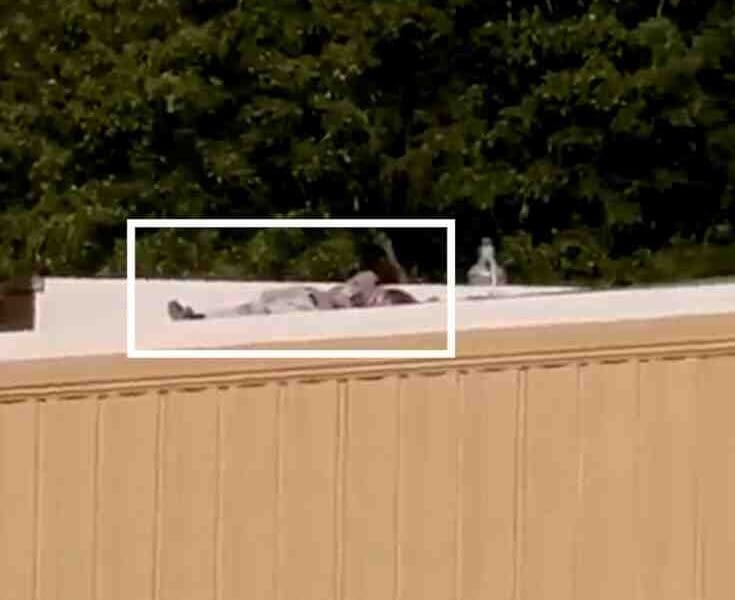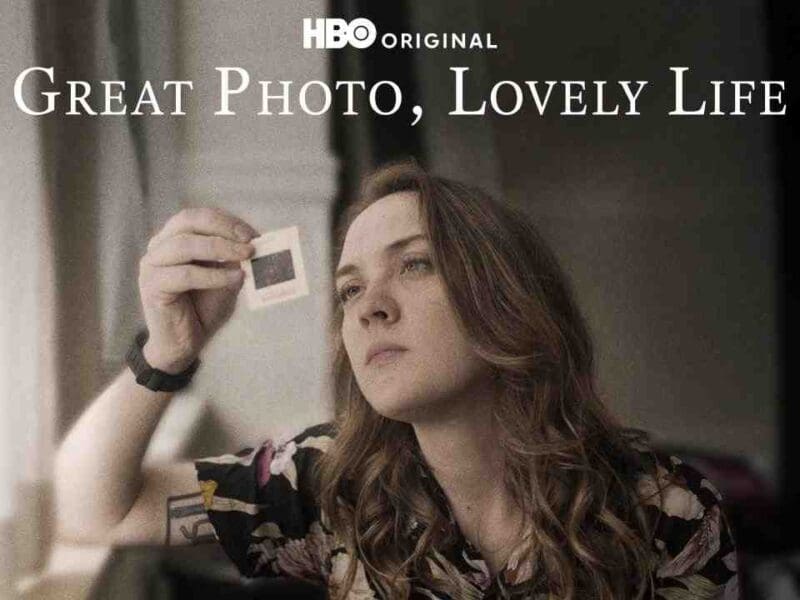
Rodney Alcala: The sordid but true story of ‘The Dating Game’ Killer
Today, we hope anyway, that everyone who appears on reality television is thoroughly screened. From dating shows to competitions, now there are some competitors who slip through the cracks. So far, however, no one has been a serial killer in the modern world of reality television. In the past, however, there is one very famous instance of a killer appearing on television as a contestant.
Before Married at First or Love is Blind, there was The Dating Game. Basically, a woman would interview three prospective bachelors with flirty and/or sexually suggestive questions. Or, vice versa, a man with three prospective bachelorettes. It was a popular series that has been in our cultural consciousness.
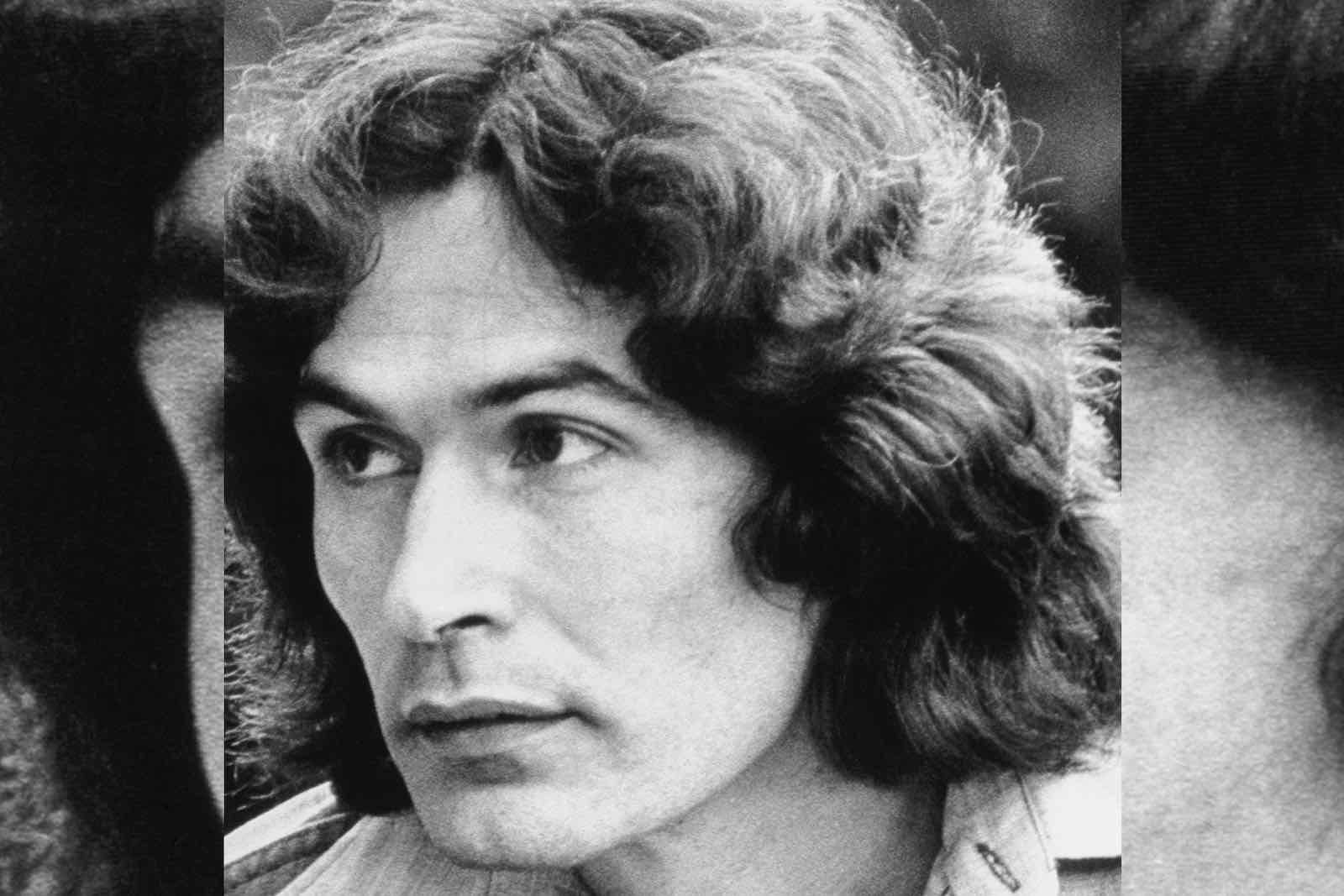
We’re talking today about one particular contestant: Rodney Alcala. During his murder spree, Alcala would appear as a contestant on a 1978 episode of The Dating Game. Later, Alcala would be revealed as a serial killer and serial rapist, who will be convicted of five murders. Police, however, believe Alcala’s victim count is much, much higher. Alcala himself claimed to have killed between 50 to 100 people.
Here’s what you need to know about the “Dating Game Killer”.
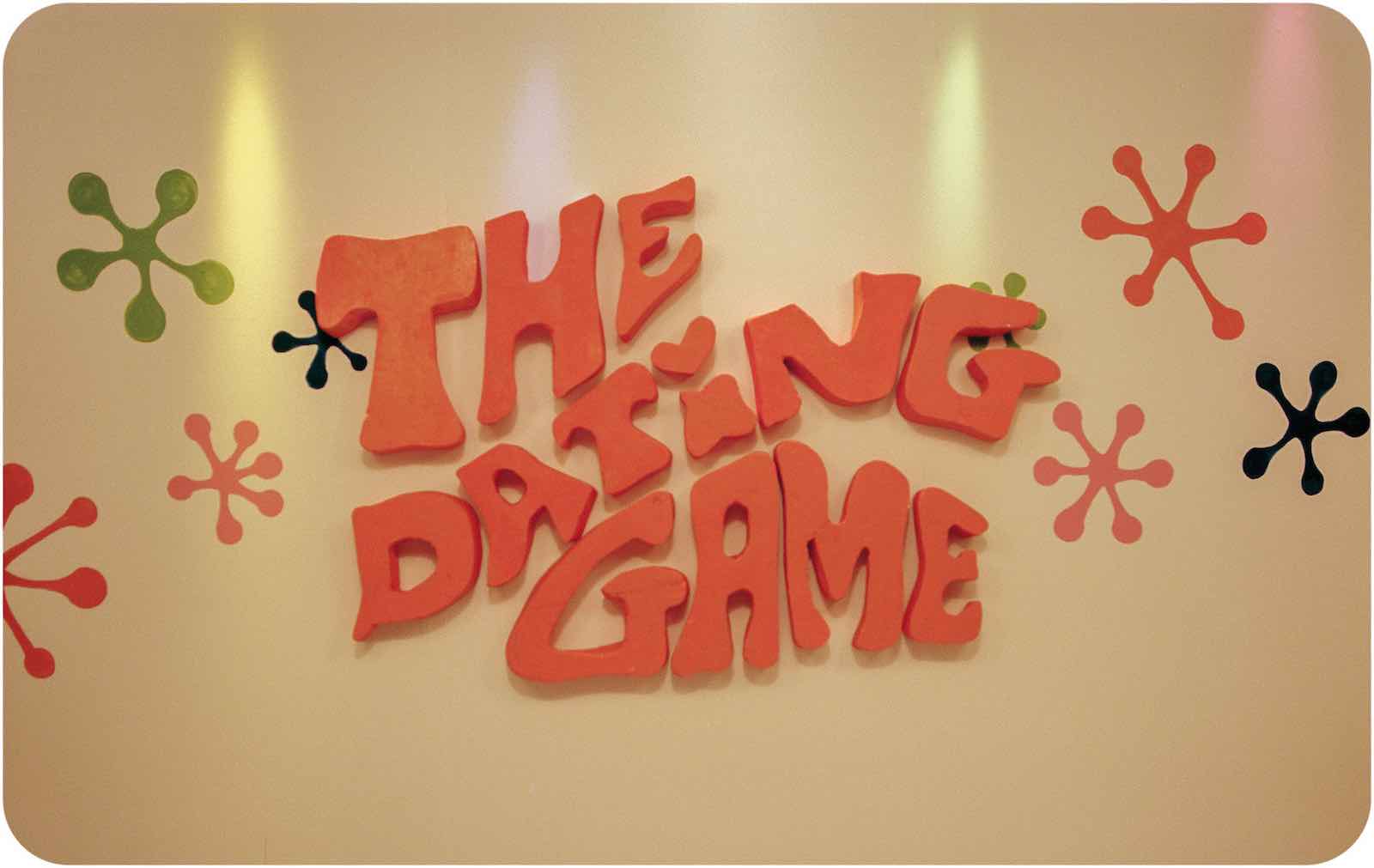
The Dating Game
On Sept. 13, 1978, bachelorette Cheryl Bradshaw would be talking with three hidden bachelors on the set of The Dating Game. Eventually, she would pick bachelor number one: Rodney Alcala. Backstage, however, Bradshaw would quickly regret her choice in picking him. In fact, if it weren’t for that flash of intuition or something setting off an internal alarm, Bradshaw would probably be one of Alcala’s victims.
After Alcala offered Bradshaw a date that she’d never forget backstage, Bradshaw immediately felt off with him.
She would tell the Sydney Telegraph in 2012, “He was acting really creepy. I turned down his offer. I didn’t want to see him again.”
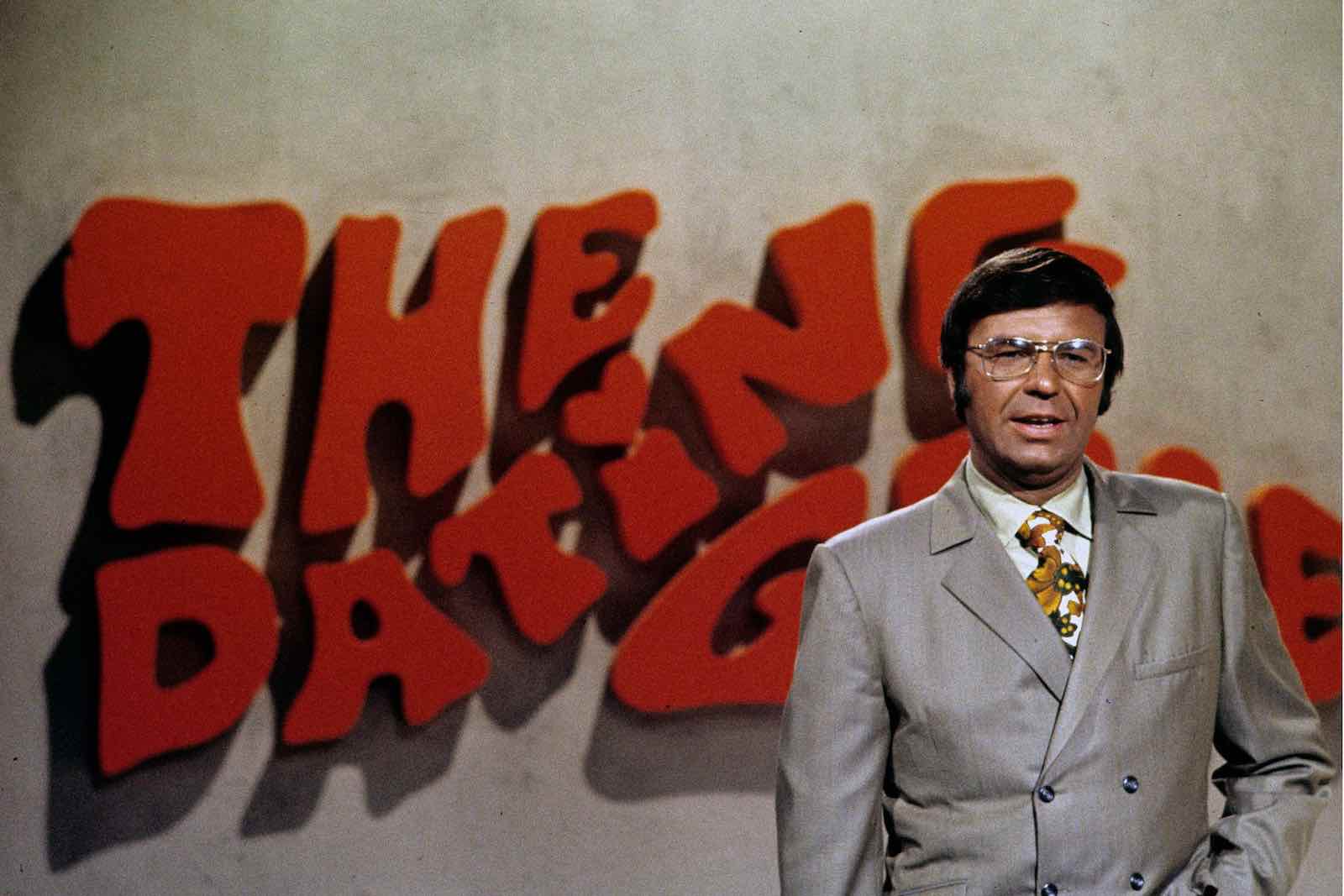
One of the other contestants on that episode of the series, Jed Mills, would tell LA Weekly, “Rodney was kind of quiet. I remember him because I told my brother about this one guy who was kind of good-looking but kind of creepy. He was always looking down and not making eye contact.”
If you’re really curious about the episode, you can find an edited version of it on YouTube. It’s definitely an . . . unsettling watch to say the least, knowing that this man has killed.
Background checks probably weren’t a high priority back in the world of 70s game shows/reality television. Things, however, would get more thorough later on, especially after Ryan Jenkins killed his Playboy model wife and later himself in 2009. But that’s a story for another day.

If The Dating Game did have a strident background check available, then they would have learned that Alcala spent three years in prison for beating and raping an eight-year-old girl by this point. What no one knew at the time was, by this point, he was in the midst of his murder spree.
Profiler Pat Brown would say that Bradshaw’s rejection of Alcala likely exacerbated his urge to kill. Alcala killed three women after his appearance and rejection on The Dating Game.
Brown said, “One wonders what that did in his mind. That is something he would not take too well. [Serial killers] don’t understand the rejection. They think that something is wrong with that girl: ‘She played me. She played hard to get.”

Murder of Robin Samsoe
Alcala would eventually be caught with the murder of 12-year-old Robin Samsoe. Samsoe would disappear somewhere between the beach and ballet class on June 20, 1979. Her body was found 12 days later.
Thanks to Samsoe’s friends, who saw her talking with a stranger, a composite sketch of said stranger was made. Alcala’s parole officer quickly recognized the sketch to be his parolee. During a search of Alcala’s mother’s home, a receipt for a storage space in Seattle was found. In the space, Samsoe’s earrings were found.
There were a grand total of three trials for Samsoe’s murder. In the first two trials, Alcala was convicted and sentenced to death for Samsoe’s murder. After both trials, Alcala’s conviction was overturned.
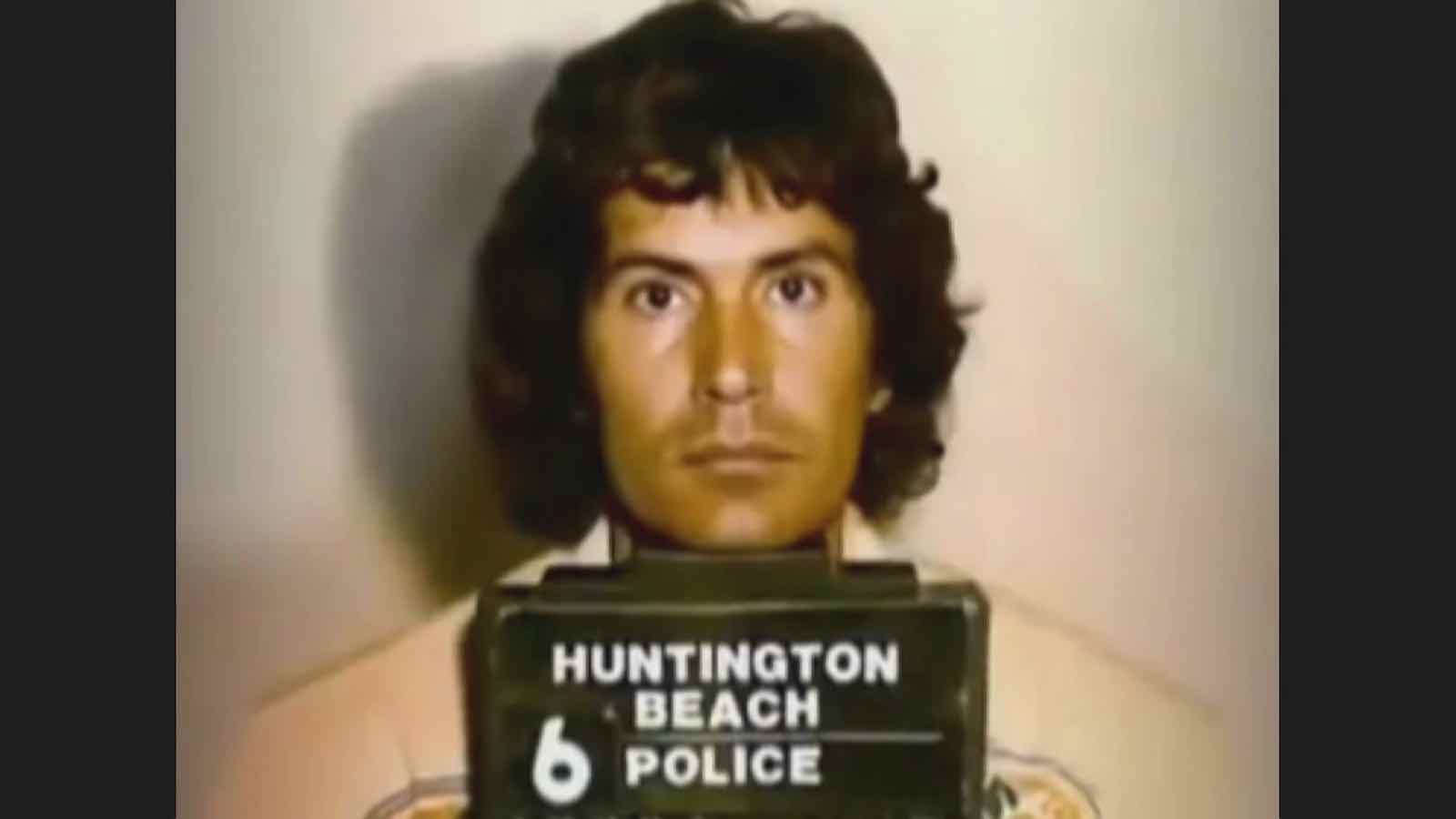
Serial
While preparing for the third trial of Samsoe’s murder in 2003, Alcala’s DNA was run through the system (over Alcala’s objections). This would link Alcala to four additional homicides: Jill Barcomb in 1977, Georgia Wixted in 1977, Charlotte Lamb in 1978, and Jill Parenteau in 1979.
Lamb’s earrings would also be found in Alcala’s storage unit with her DNA still on them.
This new evidence would lead to prosecutors joining all five cases together over the objections of the defense for the third Samsoe trial. In 2006, this request was granted by the California State Supreme Court and the trial began in Feb. 2010.
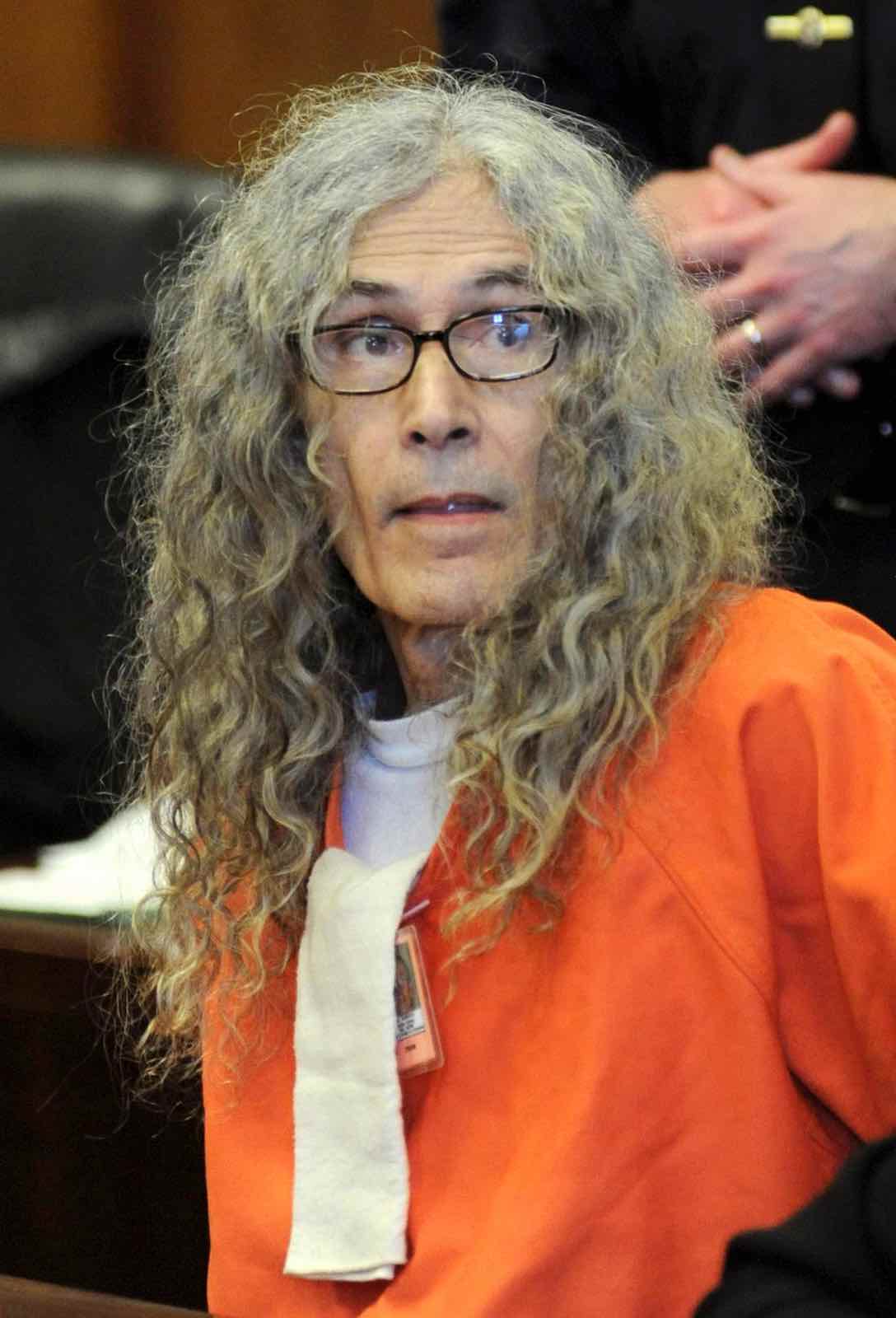
During this third trial, Alcala acted as his own attorney. It was . . . bizarre apparently. Alcala had a five hour long and often time rambling Q&A when he took the witness stand for his own defense. He also claimed that Samsoe’s earrings were his. While he defended vigorously against the charges of killing Samsoe, Alcala did not do the same with the four additional murder changes claiming that he didn’t remember what happened.
The jury convicted Alcala after less than two days of deliberation for five counts of first-degree murder. Alcala would later be sentenced to death for the third time.

Photographs
The case of Rodney Alcala would only continue to get more bizarre. Apparently, Alcala, who was a photographer, had a very disturbing photography collection of women and children. After his conviction and sentence, police would release 120 photographs in 2010, hoping for help in identifying those in them.
In the first few weeks, 21 women would come forward to identify themselves and six families would identify loved ones who disappeared and were never seen again.

As of 2019, there are 109 photographs of Alcala’s that remain online with police asking for tips in identifying those in the photos.
This doesn’t mean, however, that Alcala wasn’t charged or convicted with more killings. They were just in other states outside of California.

Cross-country
Alcala would later be extradited to New York to face trial for the murders of Cornelia Crilley in 1971 and heiress Ellen Hover in 1977. While Alcala initially entered a plea of not guilty for the murders, he later changed his mind in Dec. 2012 and changed his plea to guilty. Alcala wanted to go back to California to continue to appeal his death sentence. A judge sentenced Alcala for an additional 25 years to life as the death penalty has not been an option in New York since 2007.
Alcala has also been charged with the murder of Christine Thorton of Wyoming, whose body was discovered in 1982. Her remains, however, were not identified until 2015 when there was a DNA match to those submitted by her relatives. Thorton was six months pregnant at the time of her death. A relative recognized her in the Alcala photos back in 2013.

While Alcala admitted to taking Thorton’s picture, he denied killing her. Thorton is the first murder victim linked to the Alcala photos since its release in 2010. As Alcala is reportedly “too ill” to travel to Wyoming to face charges, he remains in California where he continues to appeal his death sentence.
Alcala is also a person of interest in several unsolved cold cases in Washington state and San Francisco, California. Though no charges from this case have been announced at the time of writing this article.
—
If you’re a massive true crime stan, do sign up for our newsletter. We promise only to send you the most relevant news, contests, quizzes, and polls.






